
Are you ready to start walking for fitness? Follow these fitness tips to help you be successful. Walking is good medicine for any age, especially folks with arthritis. Walking has been proven to help with weight loss, stress control, increasing strength, and balance, as well as reducing pain. To improve your chances of success, try these five walking strategies:
- Find a walking buddy. To maintain your program find someone to walk with. A walking buddy adds accountability and safety.
- Make a walking date with your spouse. It could even be your four-legged best friend.
- Join a walking group. (Walk with Ease program starts here at Kirby Pines in September).
- Schedule your walks like you would a doctor’s appointment on your busy calendar.
- Add variety to your walk. Don’t let it become routine. Take a different route at a different time of day. Pay attention to the wildlife and flowers. Walk with music to keep in step.
- Get good shoes. The only equipment you really need for walking is the right pair of shoes. Look for deep and wide shoe forms made of cloth or smooth leather that are not so tight as to not rub your skin. A good quality running shoe is best. (You can walk in running shoes, but you can’t run in walking shoes). Select shoes without thick treads to prevent catching the bottom of your foot. Make sure shoes are proper width and roomy. Wear high-top athletic shoes for weak ankles. Flexible shoes help reduce stress on the knee while walking
- Keep a Record. Record your accomplishments in a journal or calendar. Keeping track of how far, long, when and where you walk can be a real motivator. Begin with an attainable goal like 10 minutes for 3 days each week, then add 5 minutes to each walk the next week, and change your goals as you meet them. A pedometer or walking app on your phone or ”Fitbit” can be a real motivator. Post your accomplishments where you can see them and remember to reward yourself when you meet your goals with a purchase or event. (Avoid using food as a reward)
- Throw out the excuses. The first excuse for not exercising is lack of time. If walking is made a priority, people can find the time. Other barriers like bad weather can be solved by walking the halls of Kirby or using the treadmill in the Oasis. If tiredness or achy joints are the problem, be determined to walk; just walk a shorter easier route. Even a 5-minute walk is better than no walk and may even give you energy to go longer. Have a backup plan, if you can’t walk on your usual schedule, make a plan B and reschedule. The more you walk, the more energy and strength you have and feel like walking.
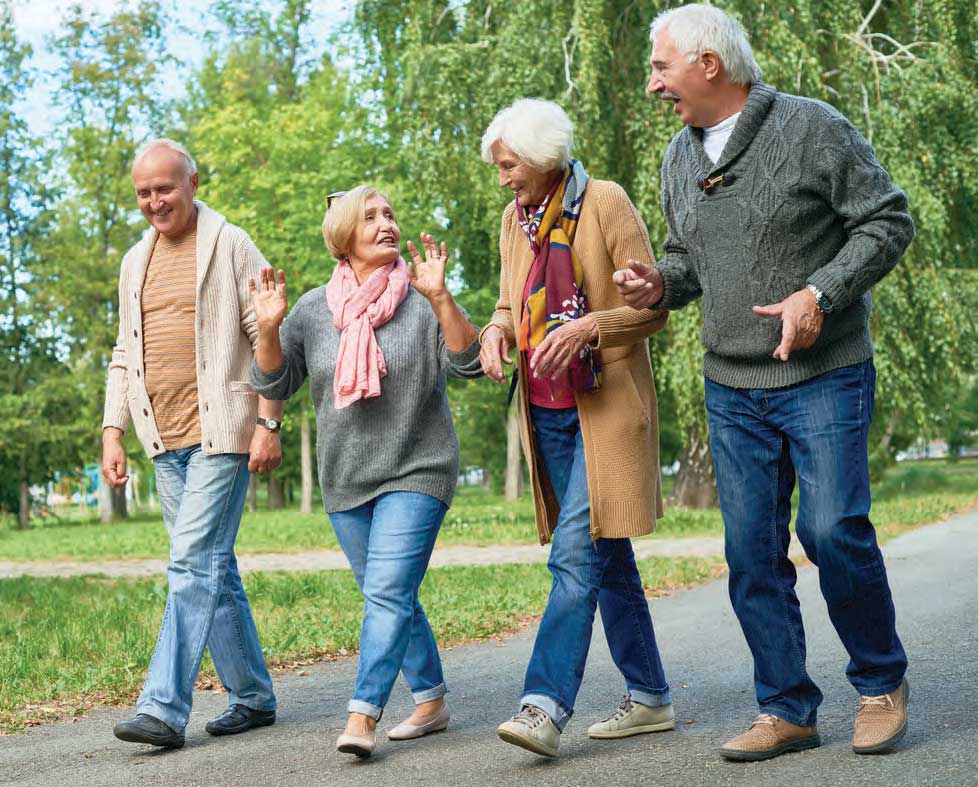 Speaking of walking—Would you like to begin a walking program? If you can you walk at least ten minutes and desire to improve your overall health and well-being, the Arthritis Foundation Walk with Ease Program will teach you how to safely make physical activity part of your everyday life. Walk with Ease offers support, information and tools to help you succeed. We will look at improving our posture and our gait. Balance and endurance are emphasized as well as making friends and learning our way around the hallways. Classes will begin September 17th for nine weeks meeting twice each week on Tuesdays and Thursdays in the Arts & Crafts room at 1:30 and led by Mary Hand who is a trained Arthritis Foundation walking leader. Each meeting begins with a short discussion covering a topic related to exercise or arthritis, followed by a 10- to 40-minute walk that includes a warm-up and cool-down, stretches, and take home exercises that will build strength for walking. We will begin walking inside and with good weather, walking outside will be an option. The program will include a very helpful guidebook, lots of surprises, good camaraderie and special encouragements along the way. For newcomers to Kirby Pines, it’s a great way to meet your neighbors and learn your way around. We are especially looking for people who want to begin an exercise program, as well as graduates of the program who are always welcomed back and encouraged to bring a friend. Contact Life Enhancement Department or sign up in the Oasis.
Speaking of walking—Would you like to begin a walking program? If you can you walk at least ten minutes and desire to improve your overall health and well-being, the Arthritis Foundation Walk with Ease Program will teach you how to safely make physical activity part of your everyday life. Walk with Ease offers support, information and tools to help you succeed. We will look at improving our posture and our gait. Balance and endurance are emphasized as well as making friends and learning our way around the hallways. Classes will begin September 17th for nine weeks meeting twice each week on Tuesdays and Thursdays in the Arts & Crafts room at 1:30 and led by Mary Hand who is a trained Arthritis Foundation walking leader. Each meeting begins with a short discussion covering a topic related to exercise or arthritis, followed by a 10- to 40-minute walk that includes a warm-up and cool-down, stretches, and take home exercises that will build strength for walking. We will begin walking inside and with good weather, walking outside will be an option. The program will include a very helpful guidebook, lots of surprises, good camaraderie and special encouragements along the way. For newcomers to Kirby Pines, it’s a great way to meet your neighbors and learn your way around. We are especially looking for people who want to begin an exercise program, as well as graduates of the program who are always welcomed back and encouraged to bring a friend. Contact Life Enhancement Department or sign up in the Oasis.

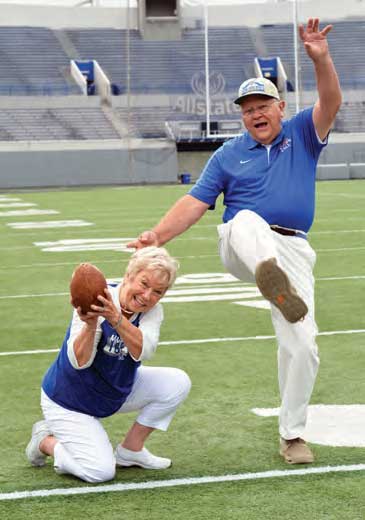
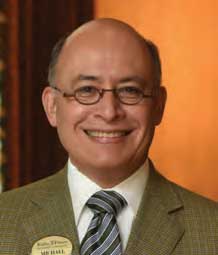 Michael Escamilla,
Michael Escamilla, One day a teacher asked her students to list the names of the other students in the room on two sheets of paper, leaving a space between each name. Then she told them to think of the nicest thing they could say about each of their classmates and write it down… It took the remainder of the class period to finish their assignment, and as the students left the room, each one handed in their papers. That Saturday, the teacher wrote down the name of each student on a separate sheet of paper, and listed what everyone else had said about that individual. On Monday she gave each student his or her list. Before long, the entire class was smiling. “Really?” she heard whispered. “I never knew that I meant anything to anyone!” and, “I didn’t know others liked me so much,” were most of the comments. No one ever mentioned those papers in class again. She never knew if they discussed them after class or with their parents, but it didn’t matter. The exercise had accomplished its purpose. The students were happy with themselves and one another. That group of students moved on.
One day a teacher asked her students to list the names of the other students in the room on two sheets of paper, leaving a space between each name. Then she told them to think of the nicest thing they could say about each of their classmates and write it down… It took the remainder of the class period to finish their assignment, and as the students left the room, each one handed in their papers. That Saturday, the teacher wrote down the name of each student on a separate sheet of paper, and listed what everyone else had said about that individual. On Monday she gave each student his or her list. Before long, the entire class was smiling. “Really?” she heard whispered. “I never knew that I meant anything to anyone!” and, “I didn’t know others liked me so much,” were most of the comments. No one ever mentioned those papers in class again. She never knew if they discussed them after class or with their parents, but it didn’t matter. The exercise had accomplished its purpose. The students were happy with themselves and one another. That group of students moved on.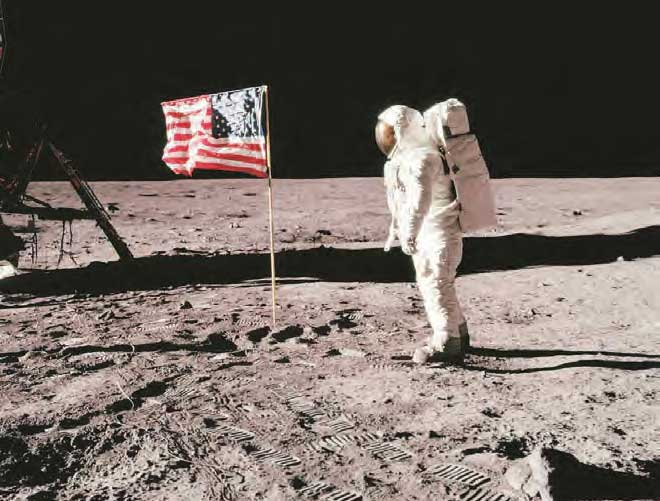 On July 20, 1969, American astronauts Neil Armstrong (1930-2012) and Edwin “Buzz” Aldrin (1930-) became the first humans ever to land on the moon. About six-and-a-half hours later, Armstrong became the first person to walk on the moon. As he took his first step, Armstrong famously said, “That’s one small step for man, one giant leap for mankind.” The Apollo 11 mission occurred eight years after President John F. Kennedy (1917-1963) announced a national goal of landing a man on the moon by the end of the 1960s. Apollo 17, the final manned moon mission, took place in 1972.
On July 20, 1969, American astronauts Neil Armstrong (1930-2012) and Edwin “Buzz” Aldrin (1930-) became the first humans ever to land on the moon. About six-and-a-half hours later, Armstrong became the first person to walk on the moon. As he took his first step, Armstrong famously said, “That’s one small step for man, one giant leap for mankind.” The Apollo 11 mission occurred eight years after President John F. Kennedy (1917-1963) announced a national goal of landing a man on the moon by the end of the 1960s. Apollo 17, the final manned moon mission, took place in 1972.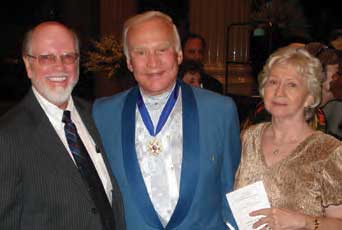
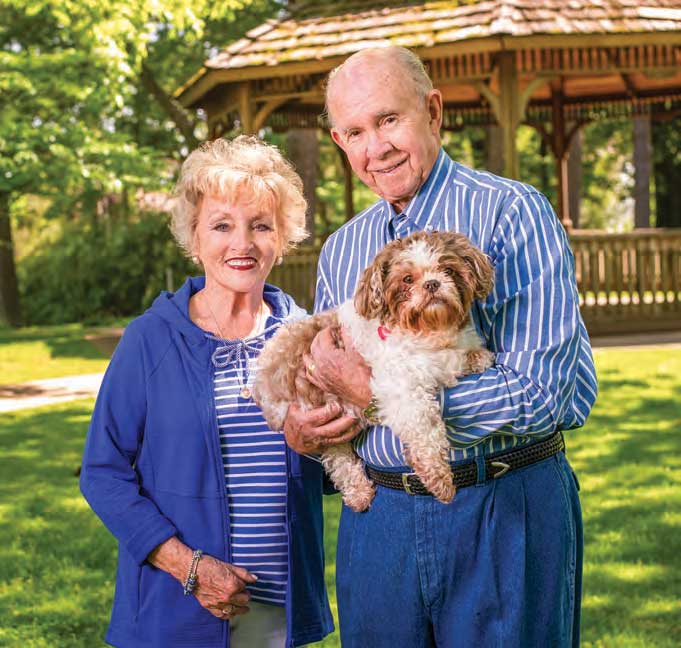
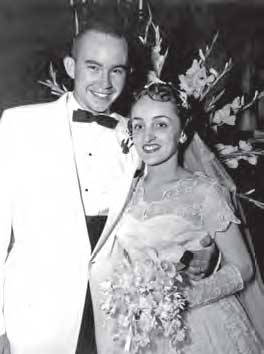
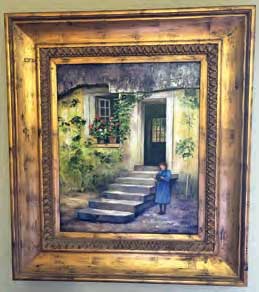

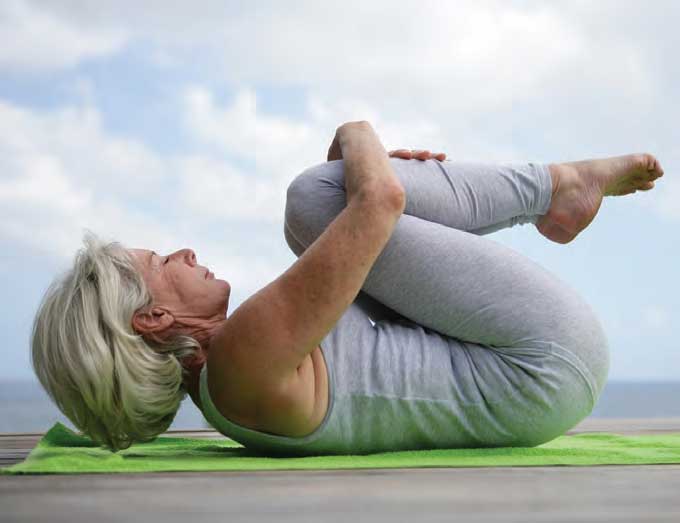 There are several factors that predispose us to have altered posture as we age and each will be considered. But before mentioning each factor, it is important to know that our bones, muscles, and joints are all part of the musculoskeletal system that defines our posture. The backbone or vertebral column is made up of the bones (called vertebra), joint-like spaces called intervertebral discs, and muscles. Age has a pronounced effect on all three and over time the back tends to curve forward resulting in an increasingly stooped posture.
There are several factors that predispose us to have altered posture as we age and each will be considered. But before mentioning each factor, it is important to know that our bones, muscles, and joints are all part of the musculoskeletal system that defines our posture. The backbone or vertebral column is made up of the bones (called vertebra), joint-like spaces called intervertebral discs, and muscles. Age has a pronounced effect on all three and over time the back tends to curve forward resulting in an increasingly stooped posture. As with most age-related changes, there are things that we can do to prevent or delay the changes. The list below shows factors that we choose and which can improve our posture. Most of the factors are self-explanatory and well known to readers of this column. Exercise is by far the most important factor in maintaining a younger posture because it improves the bone and muscle functions that are essential in maintaining musculoskeletal health. The last item, paying attention to erect posture and not slumping, is easier said than done. One must be mindful of proper carriage.
As with most age-related changes, there are things that we can do to prevent or delay the changes. The list below shows factors that we choose and which can improve our posture. Most of the factors are self-explanatory and well known to readers of this column. Exercise is by far the most important factor in maintaining a younger posture because it improves the bone and muscle functions that are essential in maintaining musculoskeletal health. The last item, paying attention to erect posture and not slumping, is easier said than done. One must be mindful of proper carriage.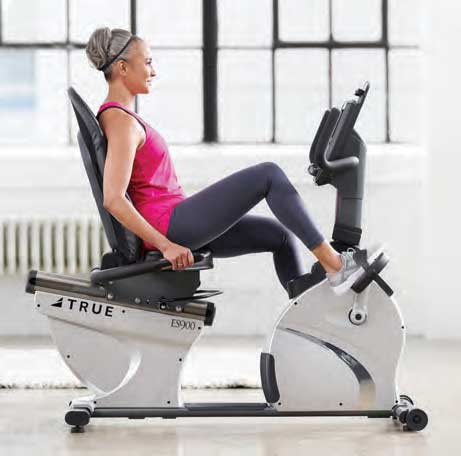 Here are some more tips to help you avoid injury or discomfort:
Here are some more tips to help you avoid injury or discomfort: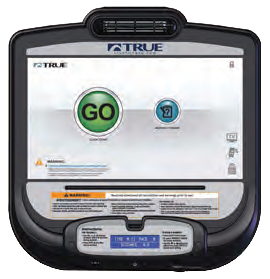 Next time you are near the Oasis, come in and give the recumbent bike a spin. Make an appointment with Mary Hand. She will be glad to demonstrate the recumbent bike and the other equipment in the Oasis. Remember “Keep it moving.”
Next time you are near the Oasis, come in and give the recumbent bike a spin. Make an appointment with Mary Hand. She will be glad to demonstrate the recumbent bike and the other equipment in the Oasis. Remember “Keep it moving.”
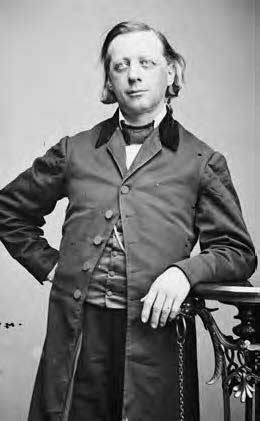
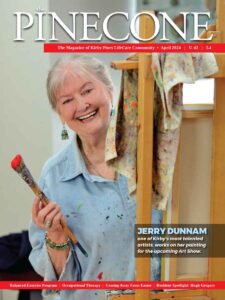

 © 2024 Kirby Pines LifeCare Community. All Rights Reserved |
© 2024 Kirby Pines LifeCare Community. All Rights Reserved | 